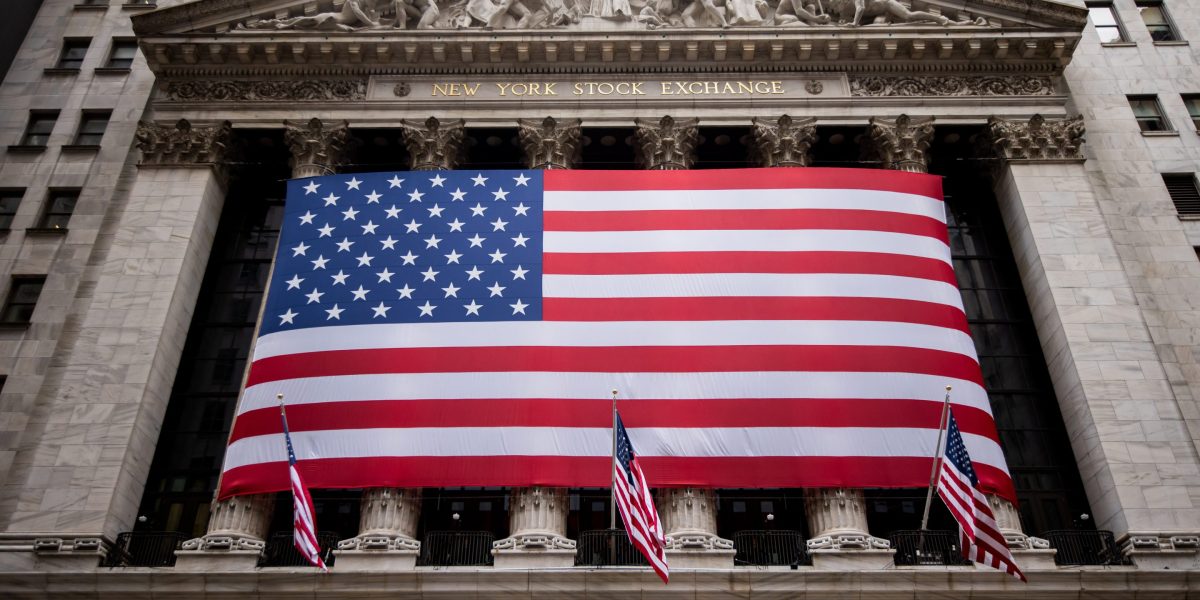The bulls are back and investors are chasing the market higher.
Last week I wrote about why a 50 basis point interest rate cut could be a mistake, as experts told me a bold move by the Fed could signal doom and gloom for the economy and risk triggering a market selloff.
Yet, a week later, Wall Street seems to be on board with the larger rate cut as stocks jumped to record highs.
And traders are betting the Fed will keep up its aggressive pace of easing. While the central bank signaled another 50 basis points of cuts across its two remaining 2024 meetings, traders are pricing in an additional 75 basis points, according to the CME Group’s FedWatch tool.
Experts tell me it’s cooling inflation, not a rising risk of recession, that will give the Fed the green light for another large cut. Prices fell to a three-year low in August.
“If [inflation] continues to ease, interest rates should be lowered in line with that,” Nationwide Mutual’s chief economist Kathy Bostjancic explained.
“The Fed Reserve should go 50 basis points for the next [meeting],” Bostjancic added. “They’re far from neutral, so cutting 50 basis points is not necessarily a sign the economy is falling apart. It’s a recognition that policy is just too restrictive.”
The Federal Reserve is set to release its next interest rate decision on Nov. 7, and will have another chance to cut rates at its December meeting.
If the past week is a guide, an aggressive cut could be a catalyst for the market. Powell’s emphasis that the Fed’s move should be viewed as “a sign of our commitment not to get behind” was enough to boost investor confidence. The S&P 500 (^GSPC) notched its 39th record high of the year while the Dow Jones Industrial Average (^DJI) surged above 42,000.
“The Fed was able to cut by 50 basis points not because it had to but because it was able to, and I think that’s a really really key distinction,” Raymond James’ chief market strategist Matt Orton said on Yahoo Finance’s ‘Morning Brief.’
“It supports more investment, it supports more CapEx, and that is what has been behind a lot of the economic resilience.”
John Hancock’s Emily Roland told me increased optimism of a soft landing is driving “a lot of optimism across markets.”
“Riskier assets are really celebrating this idea that the Fed can stave off a hard landing, and do it proactively before we see more weakness here in the labor market,” Roland said.
BMO Capital Markets chief investment strategist Brian Belski raised his year-end S&P 500 price target to a street high of 6,100, noting historical performance patterns “suggest a stronger-than-normal 4Q is likely in store for the market and especially since the Fed has shifted to easing mode.”
Two key jobs reports will help guide the Fed on the size of its next rate cut. In a note to clients on Friday, Oxford Economics’ Michael Pearce warned further softening in the labor market might prompt the Fed to shave off 50 basis points sooner rather than later.
“Considering the shift toward an easing bias from Federal Reserve officials, any downside surprises to the labor market data could push them to deliver another 50bp cut in November,” Pearce wrote.
Seana Smith is an anchor at Yahoo Finance. Follow Smith on Twitter @SeanaNSmith. Tips on deals, mergers, activist situations, or anything else? Email seanasmith@yahooinc.com.
Three times each week, Yahoo Finance Executive Editor Brian Sozzi fields insight-filled conversations and chats with the biggest names in business and markets on Opening Bid. You can find more episodes on our video hub or watch on your preferred streaming service.
In the below Opening Bid episode, BNY Mellon (BK) CEO Robin Vince breaks down his outlook for interest rates and what it may mean for your portfolio.
Click here for in-depth analysis of the latest stock market news and events moving stock prices
Read the latest financial and business news from Yahoo Finance


